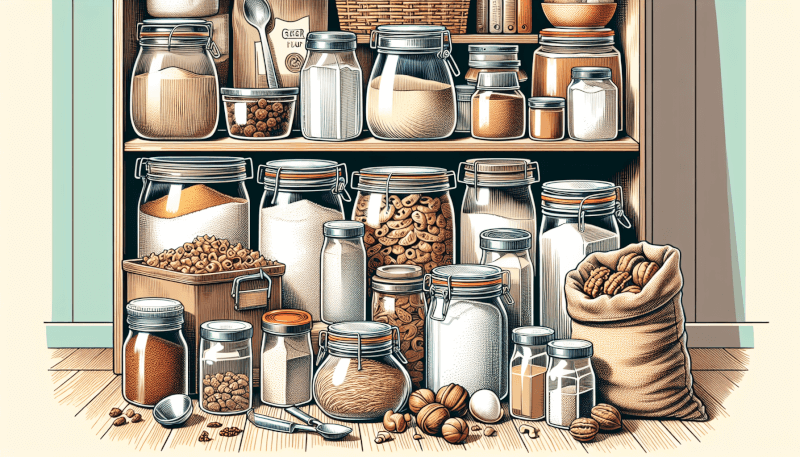You love baking, there’s no denying it. The sweet smell of freshly baked cookies wafting through the house is enough to make your mouth water. But to ensure the best results, it’s important to properly store and preserve your baking ingredients. From flour and sugar to baking powder and vanilla extract, I’m here to share with you the best ways to keep your pantry stocked and your baked goods tasting delicious. So grab your apron and let’s get started on creating a baking haven in your kitchen!
Flour
Flour is a staple ingredient in baking, and choosing the right flour for your recipes is crucial for achieving the desired results. When selecting flour, consider factors such as protein content and gluten formation. Different types of flour, such as all-purpose, bread, cake, and whole wheat, have varying protein levels that can affect the texture and structure of your baked goods. So, make sure you choose the appropriate flour for the recipe you are making.
Once you bring your flour home, proper storage is essential to maintain its freshness and quality. Using airtight containers or bags is highly recommended to prevent moisture from seeping in and spoiling the flour. Moisture can lead to the growth of mold and bacteria, compromising the safety and taste of your baked goods. Additionally, storing flour away from direct sunlight and heat sources will help preserve its flavor and quality over time. Proper storage conditions ensure that your flour remains fresh and ready to use whenever you embark on a baking adventure.
Freezing flour is a great option if you want to extend its shelf life. It helps to kill any pests or insect eggs that might be present in the flour, ensuring that it remains safe to consume. Simply transfer the flour into a freezer-safe container or bag, and make sure it is tightly sealed. When you’re ready to use the frozen flour, allow it to thaw at room temperature before incorporating it into your recipe.
Remember to keep an eye out for signs of spoilage in your flour. If you notice any peculiar odors or discoloration, it may be an indication that the flour has gone bad. In such cases, it is best to dispose of the flour and acquire a fresh supply. Your baked goods will only taste as good as the ingredients you use, so ensure your flour is always fresh and of the highest quality.
Sugar
Sugar comes in various forms, each with its own unique properties and best uses in baking. From granulated and powdered sugar to brown and confectioners’ sugar, it’s important to understand the differences and how to store them properly.
To keep your sugar dry and prevent clumping, store it in an airtight container or resealable bag. Moisture is sugar’s enemy, as it can cause the sugar to harden or form clumps. By using airtight containers, you can protect your sugar from environmental moisture and maintain its quality over time.
Brown sugar, in particular, requires special attention when it comes to storage. Due to its high moisture content, brown sugar can easily harden and become unusable. To prevent this, store brown sugar in an airtight container or bag, and consider adding a slice of bread to keep it moist. The bread will impart moisture to the sugar, keeping it soft and scoopable.
If your sugar has already hardened, fear not! There are ways to revive it. Simply place a piece of moistened paper towel or a slice of apple in an airtight container with the hardened sugar. The moisture from the paper towel or the apple will gradually soften the sugar, making it usable once again.
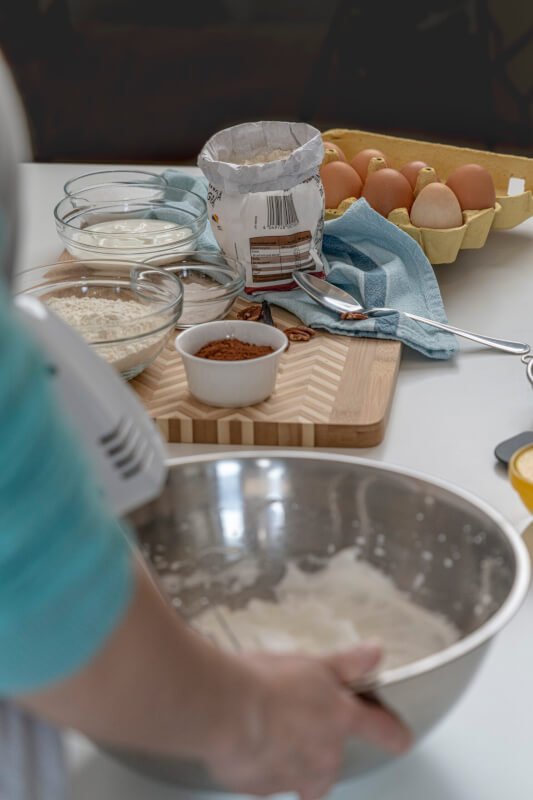
Baking Powder and Baking Soda
Baking powder and baking soda are leavening agents commonly used in baking to help dough and batter rise. To ensure the effectiveness of these leavening agents, proper storage is essential.
When storing baking powder, always check for freshness before using. To do this, simply mix a small amount of baking powder with water. If it fizzes vigorously, it is still good to use. However, if there is minimal to no reaction, it is time to replace it. Be cautious when measuring baking powder, as too much or too little can greatly affect the quality of your baked goods.
Baking soda should also be stored properly to maintain its effectiveness. Similar to baking powder, you can test the freshness of baking soda by mixing it with vinegar or lemon juice. If it bubbles and fizzes, it is still active. If there is no reaction, it is time for a new box of baking soda. Remember to store baking soda in an airtight container, away from moisture and odors, to preserve its potency.
Yeast
Yeast is a fundamental ingredient in bread and pastry making, as it helps the dough rise and gives baked goods their light and fluffy texture. Choosing the right yeast is crucial, as different types of yeast have different activation methods and requirements.
When storing active dry yeast, ensure it is kept in a cool and dry place, away from moisture and heat. The refrigerator is an ideal storage location, as it helps prolong the yeast’s shelf life. Once opened, reseal the package tightly or transfer the yeast to an airtight container to prevent moisture absorption.
Freezing yeast can also be a viable option for extending its lifespan. Before freezing, divide the yeast into appropriate portions and store them in airtight containers or freezer bags. When ready to use, allow the frozen yeast to thaw in the refrigerator before incorporating it into your recipe.
Instant yeast, on the other hand, has a longer shelf life and does not require activation. It can be stored at room temperature in an airtight container or resealable bag. However, it is still essential to check the expiration date to ensure its freshness.
To check the freshness of yeast, you can conduct a simple test. Dissolve a small amount of yeast in warm water with a pinch of sugar. If the mixture becomes foamy within a few minutes, your yeast is still active and ready for baking. If there is no foaming or minimal activity, it is time to replace it with fresh yeast for consistent and successful baking results.
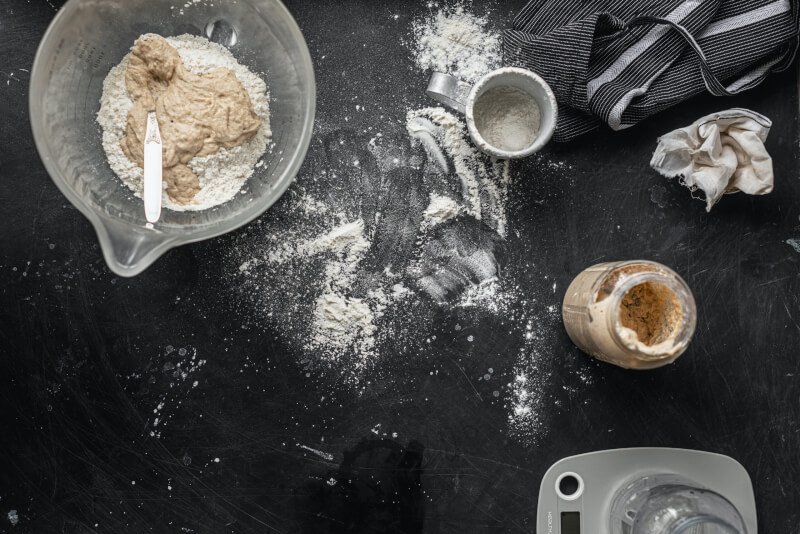
Butter and Margarine
Butter and margarine are common ingredients in baking, adding richness and flavor to a variety of recipes. Proper storage is crucial to maintain their freshness and prevent spoilage.
Refrigerating butter is the recommended method of storage, as it helps to maintain its quality for a longer period. Butter can absorb odors from other foods in the refrigerator, so it is advisable to store it in an airtight container or wrap it tightly in aluminum foil or plastic wrap to minimize this possibility.
If you have excess butter that you won’t use within a reasonable time frame, freezing is an excellent option. Before freezing, cut the butter into portions or cubes for easy measurement. Wrap each portion tightly with aluminum foil or place them in a freezer-safe bag. When you need some butter, simply thaw the desired amount in the refrigerator before use.
Margarine, a butter substitute, has slightly different storage requirements. It can be stored in its original packaging in the refrigerator and will last for a moderate amount of time. However, if you plan to keep it for an extended period, it is best to transfer it to an airtight container to prevent any off-flavors or odors from developing.
To ensure the butter or margarine you are using is not spoiled, check for signs of spoilage such as an off smell, unusual color, or mold growth. If any of these signs are present, it is best to discard the product and obtain a fresh supply.
Chocolate
Chocolate is a beloved ingredient in desserts and baked goods, adding richness and decadence to countless recipes. Proper storage of chocolate is essential to maintain its quality and prevent it from turning dull or developing a white or grayish coating known as “bloom.”
For chocolate bars, it is best to store them in a cool, dry place away from direct sunlight and strong odors. Chocolate is sensitive to temperature fluctuations, so avoid storing it in places where the temperature fluctuates significantly, such as near the stove or in the refrigerator. Instead, find a cool spot in your pantry or cupboard for optimal storage conditions.
Chocolate chips require similar storage conditions as chocolate bars. However, due to their smaller size, they can be more susceptible to moisture absorption and clumping. To prevent this, store chocolate chips in an airtight container or resealable bag. Ensure the container is tightly sealed to keep moisture out and preserve the quality of the chocolate chips.
When freezing chocolate, it is important to protect it from moisture and odors. Wrap the chocolate tightly with plastic wrap or place it in an airtight container or freezer bag. Before using the frozen chocolate, allow it to thaw at room temperature to prevent condensation from forming on the surface.
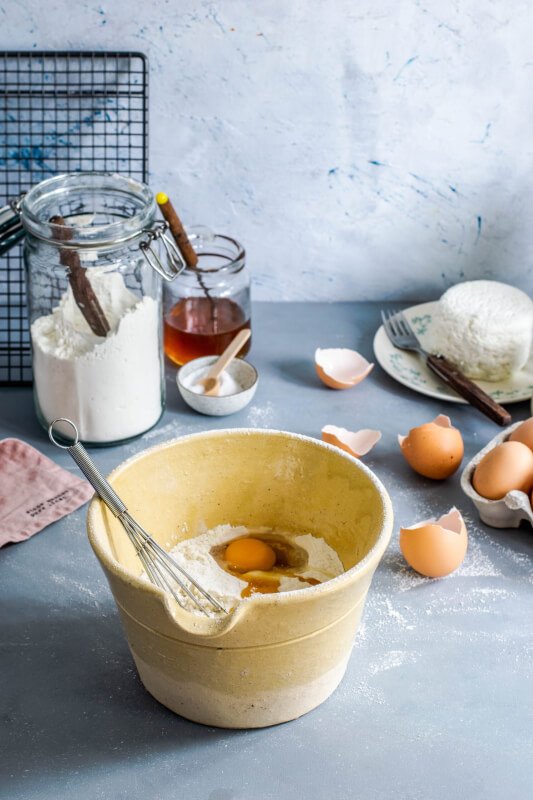
Nuts and Seeds
Nuts and seeds are nutritious and versatile ingredients in baking, adding crunch and flavor to a variety of recipes. To keep nuts and seeds fresh and extend their shelf life, proper storage is necessary.
Store nuts and seeds in a cool place to prevent them from turning rancid. A pantry or cupboard away from direct sunlight is an ideal location. Keep them in airtight containers or resealable bags to protect them from oxygen and moisture, both of which can cause them to spoil more quickly.
If you have a surplus of nuts and seeds or want to extend their shelf life further, freezing is an excellent option. Before freezing, portion the nuts or seeds into small quantities and place them in freezer-safe bags or containers. This way, you can easily grab just the amount you need without needing to thaw the entire batch.
To maintain the quality of nuts and seeds, it is crucial to prevent rancidity. Rancidity occurs when the fats in nuts and seeds oxidize, resulting in a stale and unpleasant taste. Avoid exposing them to air, heat, or direct sunlight, as these factors can speed up the process of rancidity. By storing them properly, you can enjoy fresh and flavorful nuts and seeds for a longer period.
Vanilla Extract
Vanilla extract is a staple in baking, adding a delightful aroma and flavor to your creations. Proper storage is essential to preserve the quality and potency of the vanilla extract over time.
To protect vanilla extract from heat and light, store it in a cool and dark place. Excessive exposure to heat and light can cause the flavors to dissipate and degrade over time. Consider using dark glass bottles to further shield the extract from light.
Checking for changes in aroma is a reliable way to assess the freshness of vanilla extract. Over time, the aroma may weaken or change, indicating that the extract is losing its potency. If you notice any significant changes in smell or taste, it is advisable to replace the vanilla extract to ensure you achieve the best possible flavor in your baked goods.
If you have made homemade vanilla extract, proper storage is equally important. Ensure that the homemade extract is stored in airtight bottles or containers to prevent evaporation and the infiltration of unwanted flavors. Keep it in a cool and dark place to maintain its quality for as long as possible.
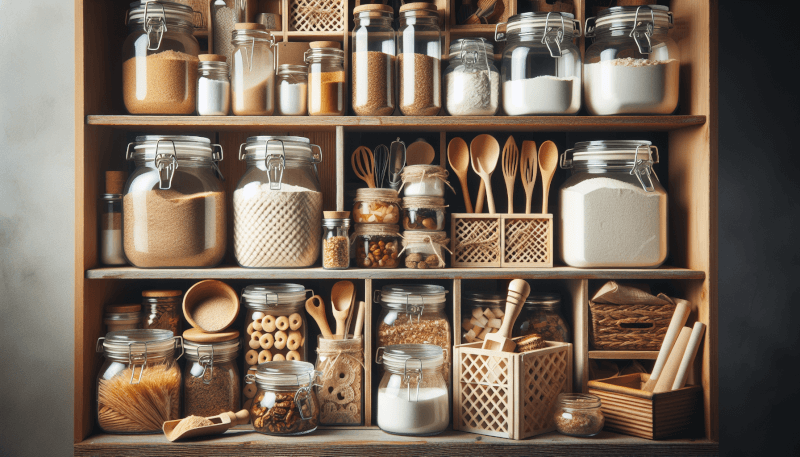
Salt
Salt is an essential ingredient in baking, adding flavor and helping to balance the sweetness of other ingredients. To ensure the quality and longevity of your salt, it should be stored properly.
Different types of salt require different storage methods. For table salt and kosher salt, storing them in airtight containers or shakers is sufficient to preserve their quality. However, if you are using coarse or flaked salt, it is best to store it in airtight containers to prevent clumping and maintain its texture.
Moisture exposure is the enemy of salt, as it can cause it to clump and harden. Avoid storing salt near sources of moisture, such as the stove or sink. Additionally, make sure the containers you use to store salt are completely dry before filling them to prevent any moisture from being trapped inside.
Airtight containers are essential for salt storage, as they keep out moisture and prevent the absorption of odors. By keeping your salt in airtight containers, you can ensure its quality and usability for an extended period.
Spices
Spices are the secret to adding depth and flavor to your baked goods. Proper storage is crucial to maintain the potency and aroma of spices.
To store spices properly, keep them away from sunlight and heat sources. Exposure to sunlight and heat can cause spices to lose their flavor and potency more quickly. It is best to store spices in a cool and dark place, such as a pantry or cupboard, to maintain their quality.
Using airtight containers for spice storage is highly recommended. Oxygen, moisture, and odors can all degrade the quality of spices over time. By sealing spices in airtight containers, you can help preserve their freshness and flavor.
Organizing spice jars is also important for easy access and to prevent confusion. Labeling the jars with the names and dates of purchase or expiration can help you keep track of the freshness of your spices. Regularly checking the aroma and color of your spices is a good practice to ensure they are still potent and suitable for use in your baking endeavors.
In conclusion, proper storage and preservation of your baking ingredients are essential to maintain freshness, quality, and flavor. By following the guidelines outlined for each ingredient, you can ensure that your ingredients are always ready for your next baking adventure. So, take the time to organize your pantry, invest in airtight containers, and keep an eye on the freshness of your ingredients to achieve the best possible results in your baking endeavors. Happy baking!


